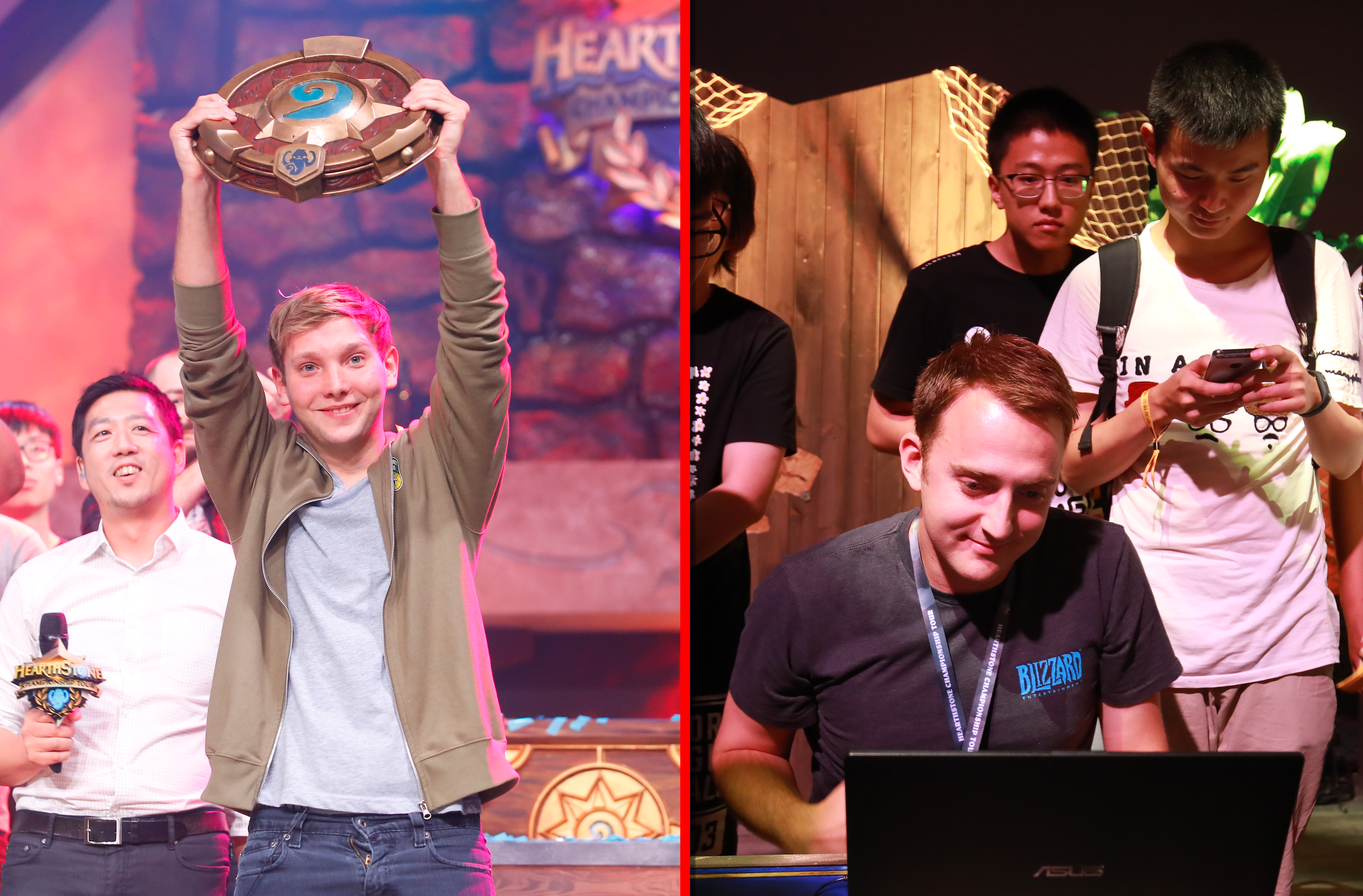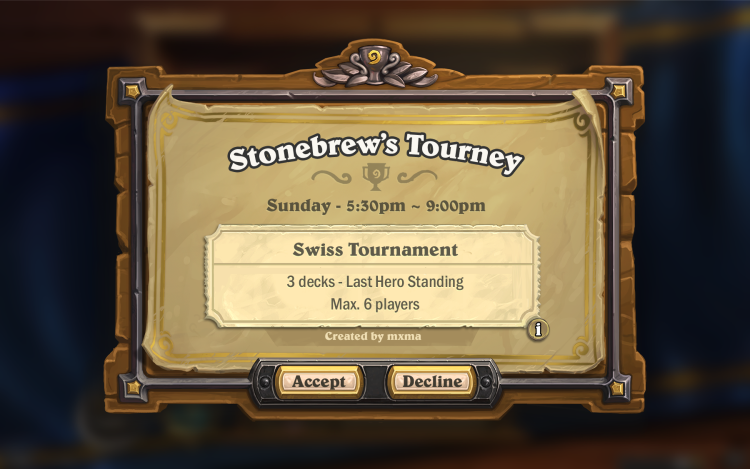We are only ever interested in creating, as we’ve said time and again, a Blizzard level experience. That experience extends not to the game as a whole, but any one feature or mode in a game. We don’t feel that experience ends at the game level. It extends to every feature we put into the game. It extends even to the early access or beta for a thing. We feel like if the beta for that mode or feature isn’t going to amount to what we hope to deliver for a feature, then it’s something we feel we’re not going to get usable feedback from or even a good read on where we stand with it. As a result, we felt it was best to put this on hold even before the beta became a thing.
GamesBeat: What one thing created the biggest gulf between expectations and what you were working on?
Thompson: I wish it was just one thing. If it was just one thing, that would really be a much clearer answer for all of us, players and developers. It’s a bunch of small, tiny things, some bigger things, and ultimately wanting to stay true to the credo of the game’s conception, which is a game for anyone. Any time we add something to the game, something has to appeal to the largest number of players as possible and give everyone the broadest chance to enjoy everything we add.

Above: Hearthstone creative director Ben Thompson says esports didn’t play a role in the decision to put in-game tournaments on hiatus.
GamesBeat: Did esports play a role in this decision?
Thompson: No, there weren’t a lot of discussions between formal esports and the dev team when it came to this feature specifically. This mode was intended to empower players and be enjoyed at the player level. So no, that was not a deciding factor in the discussions.
GamesBeat: Did the fact that players were saying we want this tournament mode to be more robust and have more options than what you’ve announced a factor in your decision to put tournament mode on hiatus?
Thompson: That plays into what I was saying earlier, with the idea of players expressing their concerns, their wants, their desires for a mode like this. Those things and others were said, and I think that comprises, in many ways, the whole of the feedback we were starting to hear, that we took in part, or in whole, as it compared to what the tournament mode was at the time we were hearing a lot of this.
GamesBeat: When it comes to the feedback, was there once piece that stood out, one thing people were saying that you agreed with?
Thompson: Again, it’s the same answer, whether there was one thing we saw as standing out or that was missing and we could have added. It was the same type of thing with the feedback. The feedback was varied and came from a variety of different places, but because it was all coming from our players at every level — the hardcore players, the more casual players. We saw that as the player base of Hearthstone as a whole putting their voice behind something we wanted to do right the first time. So in other words, there was no one piece of feedback. There wasn’t even one specific group. It was a series of different questions or asks or curiosities from the community that addressed different aspects of a very large system, a very game-wide system.
GamesBeat: When it comes to tournament mode, how difficult is it to weigh the wants of that hardcore, plays-15-or–more-games-a-day base, the folks making videos and talking on Reddit, versus the larger casual base that might play once a day or less?
Thompson: That’s kind of the crux of the discussion when we talk about Hearthstone as a whole. It’s made up of both sides and everything in between in that player base. We want to make sure that each side of it is heard and addressed. We want both sides to feel taken care of, and both sides to feel as though they have something in a feature like tournament mode to turn to. We felt, in large part, we didn’t want to create a feature that only leaned one way or the other, because in that kind of scenario, it speaks to only one side of the equation. A game like Hearthstone is greater than the sum of its parts. It’s all those things put together that make it the game it is, a game for everyone. This feature is something we wanted to take seriously and figure out all parts of it for the community.
GamesBeat: If it comes down to the tournament needs of the hardcore audience being different than the tournament needs of the casual audience, would you entertain making two modes?
Thompson: I wish we had a clearer answer for something like that. That’s an example of a question we’re going to have to ask ourselves in the months, days, years to come, all the time we’re spending to determine what’s right for this feature. I can’t honestly say what the right answer to that it is. We’ll take that in kind with all the other questions we’ll ask ourselves going forward.
GamesBeat: Is it easy to think, oh, if we take care of the hardcore players, it doesn’t matter what happens to casual players, because they’re quiet anyway?
Thompson: It’s never been a temptation for me personally. The team as a whole has always seen that there’s a large player base for a game like Hearthstone and both sides are important. We’re always concerned with all parts of our player base. When you look at the hardcore, as you say, they can be the most vocal. They can be the people with more intricate, complex questions or thoughts about certain things. When you look at the new players, they’re equally important. New players or casual players are players spending just as much time and investing just as much of their hours or dust into building decks and playing the game. That’s not a temptation of my own — I can’t speak for the whole team — to cater to just one side or the other. Each brings with them a very important facet of the player base in a game like Hearthstone, and as such, we would want to always find the best solution that addresses everybody. I can’t say everybody equally, but everybody in such a way that they feel they were heard, they were listened to, and the answer we came up with was the best one for the game.
GamesBeat: In trying to please every audience, is that going to be in search of a perfection that doesn’t exist?
Thompson: That’s certainly — some people say that’s a definition of insanity, to continually try to pursue that. However, I would say that by pursuing both, we can’t get caught in the loop of perfection on any one side of that, or both sides of that. You have to make an honest effort, though. If you’re going to fall short, it’s when you stop making the effort to try to please both groups and focus on just one. Yes, we’ll have “solved” a problem in a feature or in the game, but it might be less than what we could have achieved had we honestly given the greatest effort.
Having shipped a game like Hearthstone five years ago, having worked on Hearthstone as many years as I have personally, honestly we can address and hit all groups as equally as possible, and to some amount of success, whenever we possibly can. It’s always going to be a goal. It’s not something that puts us in an iterative loop where we can’t release anything. We release three sets a year. We release a lot of PvE and PvP content with those sets now. We’ll continue to do so in such a way that each group has something more to dig into when new sets come along.

